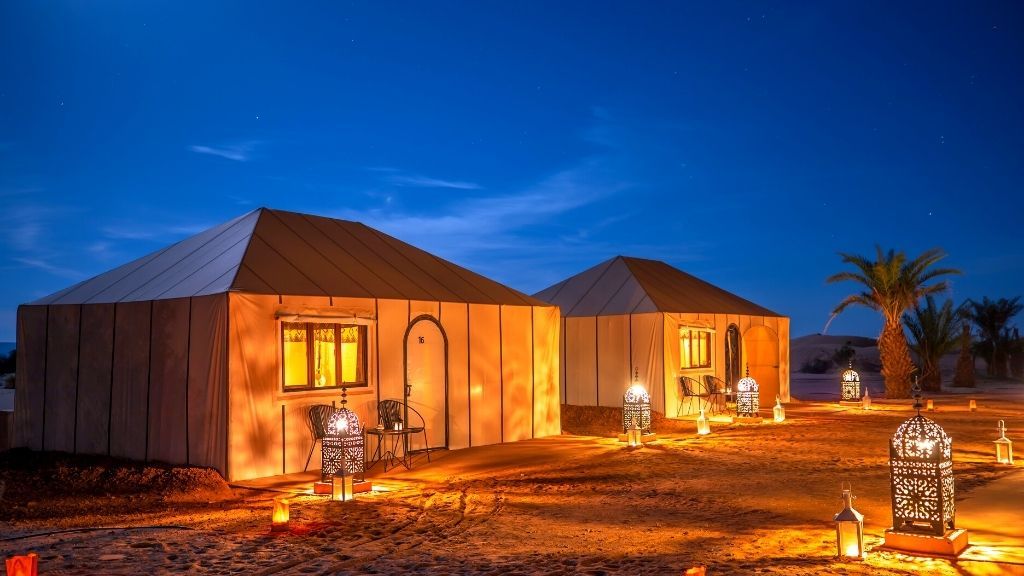In an age where climate change and environmental sustainability are becoming increasingly crucial, the concept of sustainable interiors has taken centre stage. Eco-friendly décor not only enhances the aesthetics of the home but also contributes positively to the environment. If you want to revise your living space while keeping sustainability in mind, here are some innovative and practical ideas to create a greener home.
1. Choose sustainable materials
One of the basic elements of sustainable design is the choice of materials. Opt for:
-
Reclaimed wood: Ideal for furniture or accent walls, reclaimed wood adds character and reduces the demand for new materials that can be energy-intensive to produce.
-
Bamboo: Known for its fast growth and renewable qualities, bamboo is a fantastic choice for flooring, furniture and decor items.
-
Natural fibres: Incorporate fabrics made from organic cotton, linen or hemp for curtains, cushions and rugs, ensuring they are free from harmful chemicals and dyes.
2. Opt for energy efficient lighting
Lighting can significantly affect energy consumption and the mood of the house. If you want to brighten your space sustainably:
-
LED bulbs: They consume significantly less energy and have a longer lifetime compared to traditional bulbs, which reduces waste.
-
Natural lighting: Design your space to take advantage of natural light. Use large windows, skylights and light tubes to minimise the need for artificial lighting during the day.
3. Incorporate indoor plants
Indoor plants not only purify the air, they also add life and vibrancy to your home. Consider:
-
Low maintenance varieties: Specific plants such as snake plants, pothos and peace lilies thrive in a variety of environments and require minimal care.
-
Vertical gardens: Ideal for small spaces, a vertical garden can serve as a striking focal point while improving air quality.
4. Choose your furniture responsibly
When choosing furniture, aim for pieces that are not only stylish but also sustainably produced:
-
Second-Hand finds: Vintage and thrift store furniture is usually more sustainable than newly manufactured options, often created with high quality materials. Upcycling these items through paint or cushions gives them a fresh look and reduces landfill waste.
-
Eco-labels: Research brands that prioritise sustainable practices, such as using recycled materials or ensuring their products are made under fair working conditions.
5. Considerate choice of decoration
Your décor can also play a role in creating a sustainable interior:
-
Art and accessories: Opt for artwork made from recycled materials or support local artists to reduce the carbon footprint associated with transportation.
-
Minimalism: Adopting a minimalist style not only creates a calming environment but also encourages conscious consumption. Focus on a few well-chosen pieces rather than overwhelming the space with decor.
6. Integration of intelligent devices
Incorporate energy-efficient appliances that not only optimise energy use but also promote a sustainable lifestyle:
-
Energy star rated: Replace older appliances with energy star rated ones to save energy and water.
-
Smart home technology: Consider integrating smart home devices that monitor energy consumption, allowing you to make adjustments that minimize waste.
7. Sustainable colour options
Avoid harmful chemicals when wiping down walls by opting for:
-
Low-VOC and zero-VOC paints: These paints emit fewer volatile organic compounds (VOCs), which can be harmful to both health and the environment.
-
Natural colours: Made from plant-based ingredients, the natural colours come in a range of beautiful colours and contribute to healthier indoor air quality.
8. Accept waste reduction
Incorporate practices that help reduce waste into your home through decor and organization:
-
Repetition: Use old jars, bottles or containers as decoration or storage solutions. This not only reduces waste, but also adds a personal touch to your home.
-
Recycling centres: Create a designated recycling area that encourages conscious disposal and minimizes waste to landfill.
Conclusion
Creating sustainable interiors involves thoughtful decisions about materials, purchases and practices. By incorporating eco-friendly decorating ideas into your home, you can create a beautiful, welcoming and healthy living space that reflects your values and respects the planet. Every small change contributes to a larger shift towards sustainability and promotes a lifestyle that is kind to you and the environment. Embrace a greener future, one room at a time.
Interior
Source.


